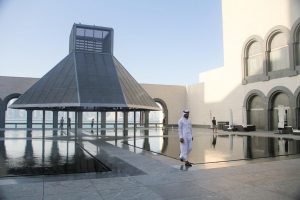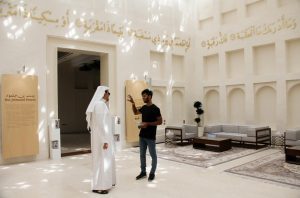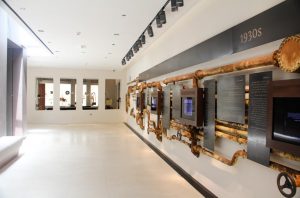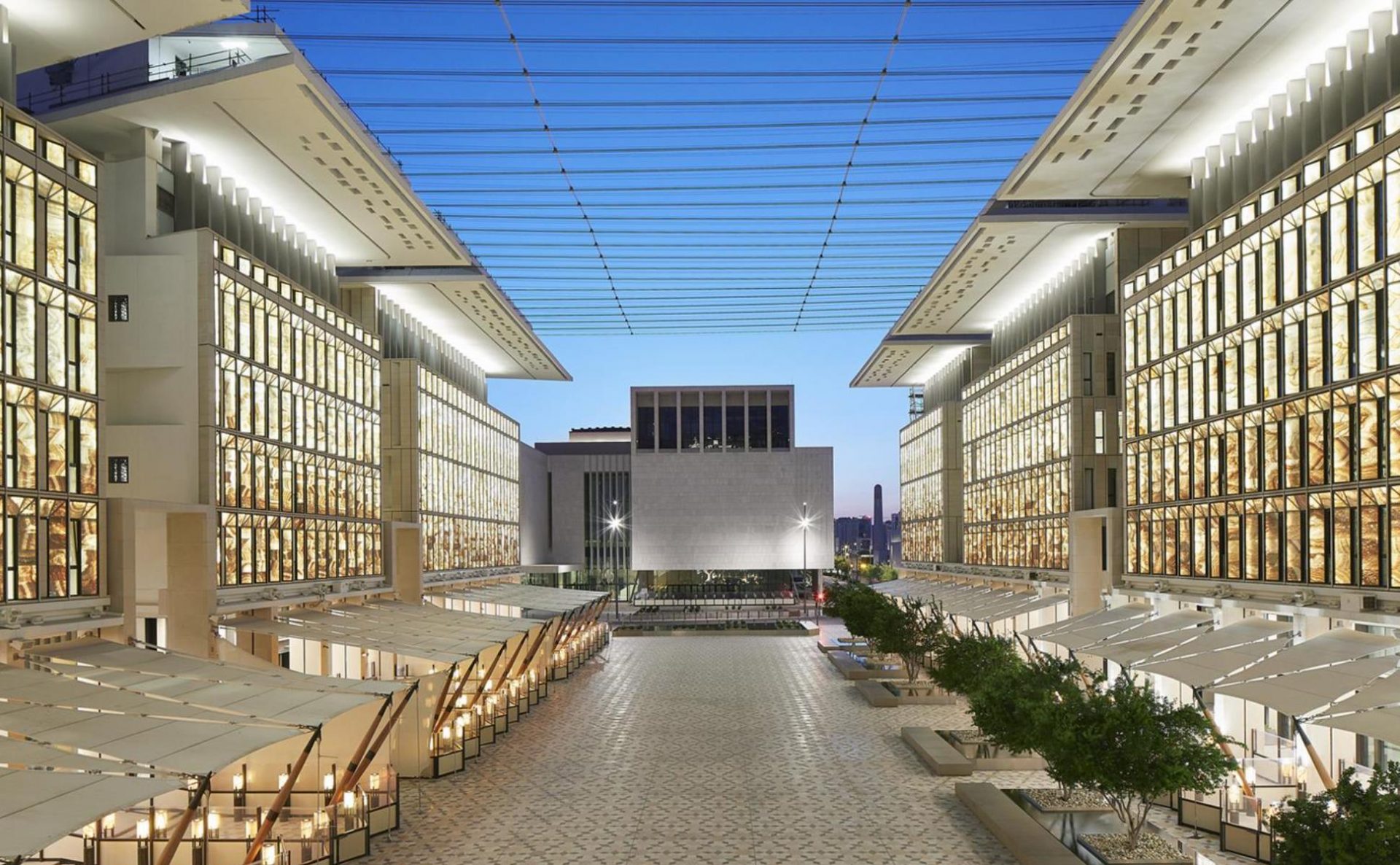At Hamad International Airport in Doha, a staff member holds up a sign with two halves. transfers, with an arrow pointing in one direction, and Arrivals, with an arrow pointing in the other.
As I walked toward the latter, I realized I was the only one. At midnight, sleepy transit passengers pour out of a seven-hour flight to a dozen different destinations in Europe, North America, and Africa.
But this small, oil-rich country that will host the FIFA World Cup in 2022 has culture, heritage and a rich story to tell. On a four-day whirlwind tour of the capital, I explored some of them.
Learn about Middle Eastern culture

Wandering around Qatar, I had a lot of questions about life in the Middle East. For example – why do women wear the burqa, or the ubiquitous ankle-length black gown? Why do men have to wear white robes called thowb, or black rings on their head scarves? Do women have to cover their faces in public?
Cultural consulting firm Embrace Doha, located in the city’s central market called Souq Waqif, helps foreigners learn about aspects of Middle Eastern culture that may seem baffling to first-time visitors.
We met with the company’s founder and CEO, Amal Al Shamari, who answered all our questions about dates and qahwa (Qatari coffee) – the former sweet and sweet, while the latter strong and bitter; an acquired taste.
Amal says that the hijab or female headscarf is mandatory for all Muslims, and the burka is a cultural aspect of Middle Eastern life. However, covering the face is a personal choice, and some women may prefer to do so for privacy reasons.
As for the men, wearing white robes – the traditional Bedouin, or desert dwellers, tie their camels with black rings at night and wear them on their heads during the day; over time, the rings have become part of their traditional dress.
The conference was very enlightening and I left full of information and understanding.Embrace Doha offers a variety of trips, including trips where you can spend a day with a Qatari and experience the local lifestyle. Visit their website for more details.
Learn about Qatar’s oil economy

Qatar is an oil-rich country, and I learned about its abundance from our guide Ashok as we drove through the city.
Qatar’s sovereign wealth fund, the Qatar Investment Authority (QIA), bought London department store Harrods in 2010 for a whopping £1.5 billion, and a quick Google search revealed other impressive assets, such as 95 percent of The Shard, Europe’s tallest skyscraper, and the Al Jazeera media network.
So when we visited the company building at the Msheireb Museum , I was surprised to discover that the country’s wealth only emerged in the late 1930s, when the first oil fields were discovered in Dukhan. People would work for a month without rest, return home to a hero’s welcome, receive a paycheck, and a short day of rest. The next day they would return to the oil fields.
“There’s no shame in working hard when you’re trying to build a country,” says an anonymous narrator in a short film called “Bare Knuckles.
The Msheireb Museum is housed in four historic buildings in one of Doha’s oldest districts. In addition to the company building, the other three houses showcase the Indian Ocean slave trade, the development of the Msheireb region and the traditional family way of life.

Visitors are allowed and encouraged to touch the exhibits displayed through the four houses – there is no glass enclosure to keep curious fingers out.
Cost: Free
Hours of operation:
Monday through Thursday: 9 a.m. to 5 p.m.
Friday: 3 p.m. to 9 p.m.
Saturday: 9 a.m. to 9 p.m.
Last admission is 30 minutes before closing time.
*Pro tip: If possible, plan to visit early in your stay, as it will provide you with the setting and background to learn about Qatari culture.

